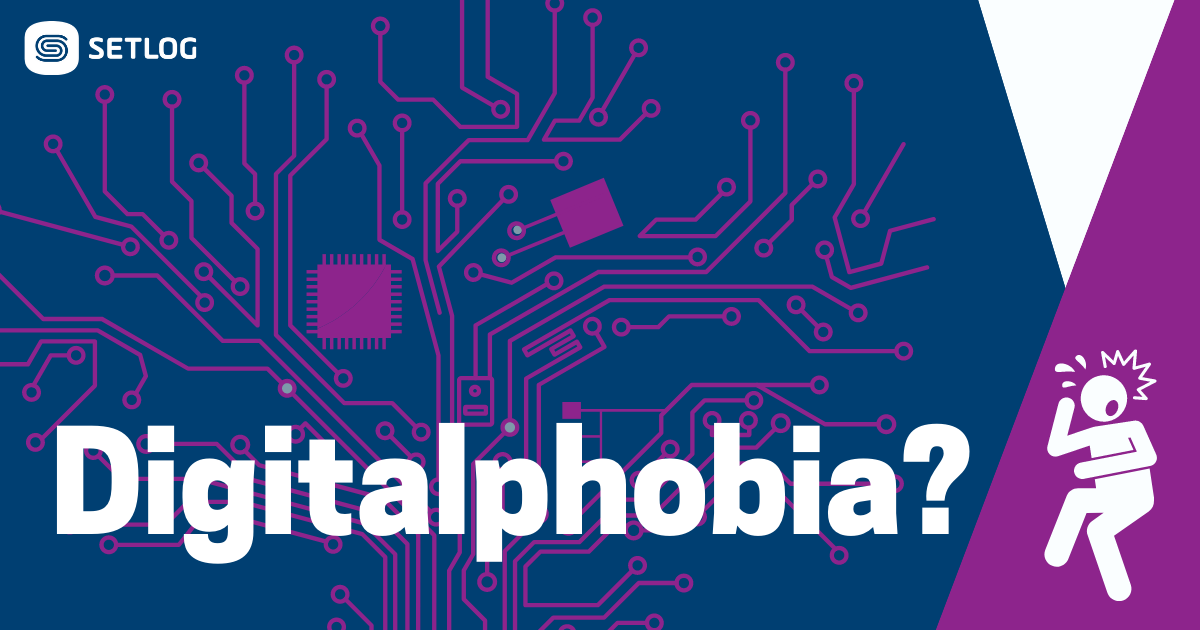The history of digitisation is a history full of misunderstandings. Although this story is not so long yet. The history of media change, on the other hand, is a long one, and people were afraid of the great change when it came to implementing book printing.
Depending on one’s perspective, printing did not only have positive effects: pamphlets or other socially critical opinions found their way into the general public, the nobility or the church were denigrated. But the added value for society must urgently be taken into account in such a change. Slowly, the book did assert itself, but manuscripts were still produced by human hands for a long time – a decision, too. And what do we have today? Quickly produced books, dissemination of important opinions, knowledge for all! The machine does the work, decides what is in it, if and when it will be published: That is the authority of man.
Just as fear prevailed during the media upheaval from the 16th century onwards, so also today fear of digitisation prevailed. The difference, however, is that today the amount of information is growing much faster, especially since the beginning of the corona crisis, and such a rapid development is frightening. But precisely for this reason, digitisation should be regarded as a helpful tool. If we can use software to determine which content reaches whom and when: Why shouldn’t we take advantage of this? In the end, the final authority in deciding whether these contents are published is still the human being – a control, quite analogous.
But like every medal, there are two sides to this. What people really seem to be afraid of is not just the supposed loss of decisions, but that their job will not survive digitization. This concern is also justified. The speed of digitisation demands rapid action on the part of companies and politicians, because after all, a cultural change is just around the corner and this door will soon be opened.
The tasks are manifold and we must urgently prevent them: Many jobs will become superfluous in the course of digitization, new ones will be added. But not everyone can do the jobs that are added. So where are the people whose jobs will become superfluous? Appropriate qualification measures in connection with part-time jobs can help to get a start in one of the “new” jobs. In order to make digitisation a positive change for everyone, a radical restructuring of our continuing education system is needed.
The advantages and disadvantages depend on the industry. If you move around in the logistics world, you will see that digitisation only seems to have positive effects. The issue of transparency is more related to a personal feeling, not everyone necessarily finds it good. But the advantages outweigh the advantages: Faster processes and cost reduction lead to transparency that allows data to be processed and viewed by all participants without email traffic or Excel lists. There is no fear of digitisation here, but rather of missing out on digitisation and thus no longer being able to compete.
We can now talk a lot about and weigh up the advantages and disadvantages, and we will continue to include them in all discussions. Nevertheless, we should have more confidence in technology; the same confidence that the pilot has in aircraft technology, the same confidence that we have in the technology of our cars, the same confidence that we drive to work every day. We are behind the wheel, deciding and controlling, but without technology we cannot get from A to B either. Now the state must intervene so that everyone can ride along or at least have the chance to at least get a seat.
